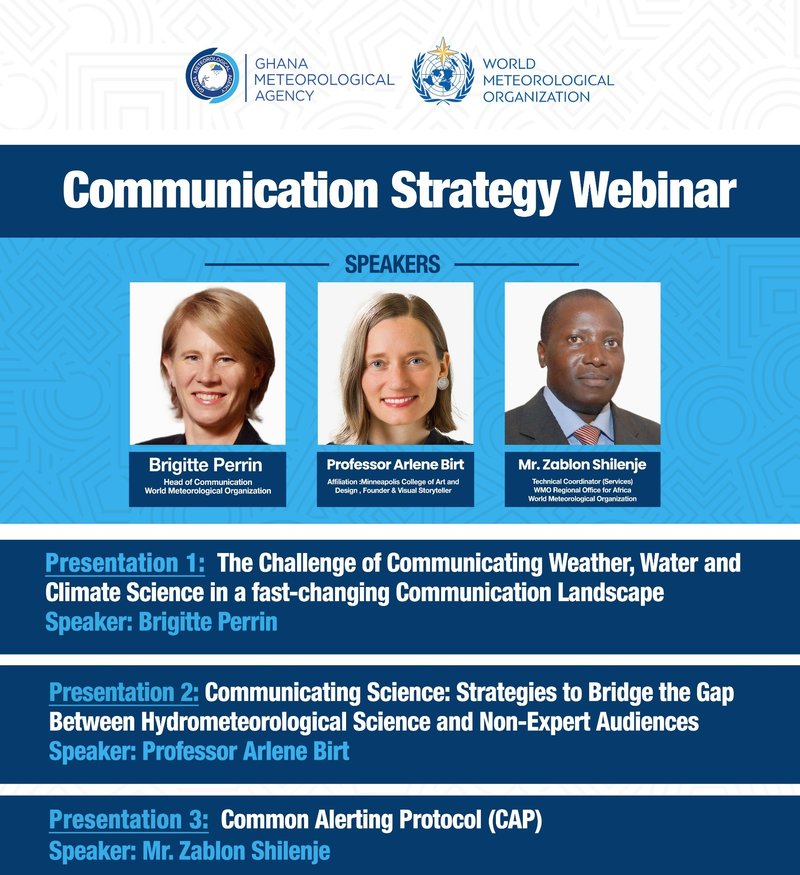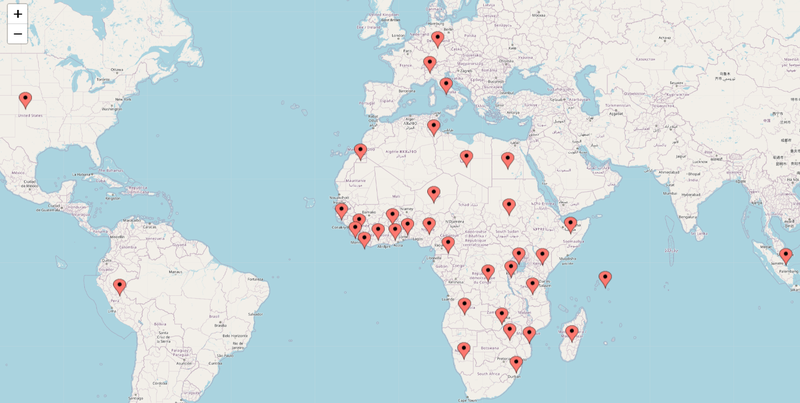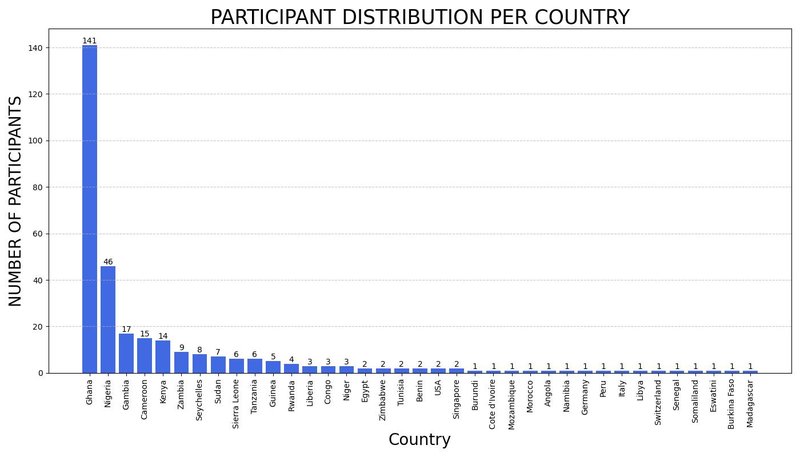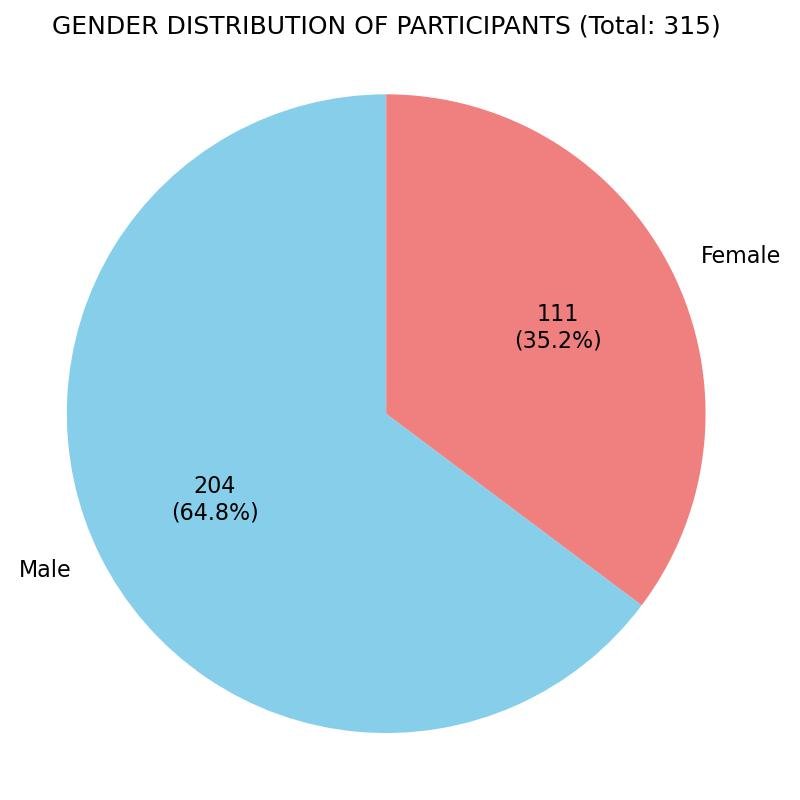Strengthening Weather, Water and Climate Communication Strategy

In a rapidly warming world with intensifying climate risks, communicating complex weather, water and climate science and information has never been more critical. On March 26, 2025, during the 3rd Edition of the Meteorological Awareness Month (MAM) celebrations in Ghana, the Ghana Meteorological Agency (GMet), in collaboration with the World Meteorological Organization (WMO), hosted a transformative communication strategy webinar aimed at equipping National Meteorological and Hydrological Services (NMHSs) with better tools and strategies to bridge the gap between Hydrometeorological sciences and non-expert audiences.
This communication strategy webinar garnered a lot of interest from a host of NMHSs and other stakeholders and had 315 registrations with a distribution of 204 men and 111 women from across Africa and the rest of the world, 37 countries to be precise.



Themed “Enhancing communication capabilities of NMHSs to enable effective utilization of climate services by non-expert audiences for informed decision-making and improved societal outcomes. The session brought together top-tier experts: Brigitte Perrin (Head of Strategic Communication, WMO), Prof. Arlene Birt (Visual Storyteller and Founder, Background Stories), and Mr. Zablon Shilenje (Technical Coordinator, WMO Regional Office for Africa).
Webinar Highlights
The Challenge of Communicating Weather, Water, and Climate Science in a fast-changing Communication landscape — Brigitte Perrin
Brigitte Perrin, Head of Strategic Communications at the World Meteorological Organization (WMO), presented on the growing communication challenges faced by National Meteorological and Hydrological Services (NMHSs) in a rapidly changing media environment. She noted that the rise of misinformation, AI-generated content, and dwindling public trust in traditional media has significantly complicated how weather and climate information is received and understood.
Perrin emphasized the urgent need for a shift toward impact-based communication, focusing on how weather events affect individuals and communities to make information more relevant and actionable. She called for simplified messaging, avoiding technical jargon to ensure clarity for non-expert audiences, especially when dealing with life-saving advisories.
"Journalists are our bridge to the public, but we must support them with clarity, accessibility, and consistency," she stated, advocating for stronger collaboration between NMHSs and media professionals. Perrin proposed the creation of dedicated liaison teams within NMHSs to provide journalists with easy-to-use, accurate, and timely press materials.
She also drew attention to the media landscape in Africa, where over 85% of journalists lack sufficient resources, and 63% have faced professional constraints in recent years. This, she stressed, makes it even more critical to equip media with the tools and information necessary to communicate weather-related risks effectively
Communicating Science: Strategies to bridge the Gap Between Hydrometeorological Science and Non-Expert Audiences — Professor Arlene Birt
Professor Arlene Birt, a visual storyteller and educator, challenged the long-held assumption that data and numbers alone influence decision-making. Instead, she advocated for a “values-first communication” approach, one that prioritizes emotional resonance and real-life context over raw statistics.
Quoting psychologist Daniel Kahneman, she reminded participants that,“No one ever made a decision because of a number. They need a story.”
To that end, Birt emphasized the power of visual narratives in making complex climate information more accessible and actionable. She introduced practical tools and strategies for building impactful communication, including:
- Defining and Understanding the Audience: Knowing who you're speaking to and what matters to them.
- Emotional Connection: Crafting stories that build empathy and retention.
- Using Simple, Relevant Visuals: Avoiding clutter and focusing on clarity.
- Contextual Visualization: Embedding data in familiar scenarios to reduce psychological distance.
- Linking Data to Personal Experience: Making climate impacts feel immediate and relatable.
- Behavioural Insights: Leveraging psychology to design visuals that encourage proactive climate responses.
Professor Birt’s session served as a compelling reminder that to move people from awareness to action, climate communication must not just inform, it must connect.
Common Alerting Protocol — Mr. Zablon Shilenje
Mr. Zablon Shilenje, Technical Coordinator at the WMO Regional Office for Africa, led a session on the Common Alerting Protocol (CAP), a globally standardized format for issuing emergency alerts. Designed to support multi-channel dissemination via radio, mobile, internet, and social media, CAP significantly enhances real-time communication during hazards.
He explained how CAP empowers early warning systems by:
- Streamlining Alerts: Delivering consistent messages across platforms to ensure timely and coherent public communication during emergencies.
- Supporting Multi-Hazard Warnings: Enabling alerts for various threats; weather, health, or security, under one unified system.
- Promoting Interoperability: Allowing diverse systems and agencies to coordinate seamlessly, improving the speed and reach of warnings.
Ghana's Meteorological Agency (GMet) was highlighted as a model for best practice in CAP integration, with its system aligning with the UN’s Early Warning for All initiative. Mr. Shilenje emphasized that such efforts not only strengthen national resilience but also help reduce loss of life and property during extreme events.
Linking Communication to Early Warning Systems
Effective communication is the linchpin of successful early warning systems. The webinar underscored that:
- Timely Information Saves Lives: Rapid and clear dissemination of warnings allows communities to take necessary precautions.
- Community Engagement is Crucial: Engaging local populations in understanding and responding to warnings enhances the effectiveness of early warning systems.
- Continuous Improvement is Needed: Regular training and updates to communication strategies ensure that early warning systems remain effective in the face of evolving challenges.
Institutionalizing Communication Excellence for NHMSs
In response to the insights gained from the webinar, the onus now lays on the NMHSs to:
- Develop a Comprehensive Communication Strategy: Crafting a roadmap that outlines clear objectives, target audiences, and methods for effective communication in their various countries and regions.
- Implement Regular Training Programs: Establishing ongoing workshops and seminars to keep staff updated on best practices in climate communication.
- Foster Media Partnerships: Building strong relationships with local media outlets to ensure accurate and widespread dissemination of meteorological information.
- Leverage Technology: Utilizing modern tools and platforms to enhance the reach and impact of communication efforts.
By embracing these strategies, NMHSs can enhance their communication capabilities to improve the accessibility and impact of weather, water and climate services by bridging the gap between complex meteorological data and public understanding, thereby enhancing resilience to climate-related hazards.
Conclusion
The event was more than a capacity-building exercise, it was a call to action. As the implications of climate change becomes more visible, so must the ability to communicate its realities and solutions to enhance disaster risk preparedness. NMHSs must rise to the challenge; ensuring that every person not only has access to forecasts but also understands what it means for their safety, choices, and future.

